Culture of Honduras, Honduras, a Central American nation nestled between Guatemala and Nicaragua to the west and El Salvador to the south, is a country with a rich cultural heritage and diverse landscapes. Its culture is a fascinating tapestry woven from the threads of history, indigenous influence, Spanish colonization, and a blend of customs from the various communities that call the country home. From the captivating rhythms of Garifuna music to the flavours of Honduran cuisine, this Central American nation offers a unique blend of tradition, innovation, and a people marked by their resilience and love for their homeland.
Historical Roots:
Honduran culture is deeply rooted in its historical past, which has been shaped by a series of civilizations and influences. Before the arrival of Spanish conquistadors in the 16th century, the region was inhabited by indigenous peoples, including the Maya, Lenca, and Miskito. The ancient Maya civilization, with its advanced mathematics, architecture, and hieroglyphic writing, has left a lasting mark on the country.
Spanish colonization during the early colonial period introduced Catholicism, the Spanish language, and European customs, significantly impacting the culture and traditions of Honduras. The fight for independence from Spanish rule in the 19th century is a pivotal moment in the country’s history, and figures like Francisco Morazán and José Trinidad Cabañas are celebrated for their role in shaping the nation.
Cultural Diversity:
Honduras’ cultural diversity is enriched by its geographical variety. The country’s landscapes range from lush rainforests and pristine Caribbean beaches to towering mountains and fertile valleys. This diversity has nurtured a wide array of customs, traditions, and ways of life.
The population of Honduras is predominantly mestizo, with a mixture of indigenous and Spanish heritage. However, the country is also home to various indigenous communities, such as the Lenca, Pech, and Miskito, each with its own languages, traditions, and customs. The Afro-Honduran Garifuna community along the northern coast contributes to the cultural mosaic with its unique heritage.
Honduran culture is marked by its multiculturalism and respect for diverse traditions.
Music and Dance:
Music and dance are integral to Honduran culture, expressing the joy, history, and spirituality of the people. The Garifuna culture, with its roots in the Caribbean, brings the mesmerizing sounds of punta and paranda music. The distinctive rhythms and beats, often accompanied by traditional instruments like the drums and turtle shells, are a unique and captivating part of Honduran music.
The Xiqueña dance, which originated in the Lenca community, is characterized by intricate footwork and colourful costumes. It tells stories of their history, struggles, and triumphs through movement and music.
Honduran folk music, often played with the marimba, a wooden xylophone-like instrument, is a beloved tradition in the western highlands. Marimba music is a central element in Honduran celebrations and gatherings.
Cuisine:
Honduran cuisine is a reflection of the country’s history and geography. Staples like rice, beans, and tortillas are at the heart of many Honduran dishes. A traditional meal is the baleada, a tortilla filled with beans, cheese, and cream, often accompanied by meat or other toppings.
Sopa de caracol, a delicious and hearty conch soup, is a coastal delicacy, known for its unique flavour. The north coast’s proximity to the Caribbean Sea also influences the cuisine, with an emphasis on fresh seafood and coconut-based dishes.
Tamales, similar to those found in other Central American countries, are wrapped in banana leaves and filled with a mixture of meat, vegetables, and spices. They are a popular snack and are often sold by street vendors.
Art and Craftsmanship:
Honduran visual arts and craftsmanship reflect the country’s history and cultural heritage. Indigenous communities create intricate textiles, pottery, and crafts that often feature vibrant colours and traditional designs. The town of La Esperanza is known for its indigenous markets, where visitors can find a wide array of artisanal products, including textiles and pottery.
Honduran painters like Santos Arzu Quioto and artists from the Sotero Lainez collective have made significant contributions to the country’s art scene, often exploring themes of identity, social issues, and the natural world.
Festivals and Traditions:
Honduras hosts a variety of festivals and traditions that celebrate its cultural richness and diversity. The Garifuna Settlement Day celebrated on November 26th, commemorates the arrival of the Garifuna people to the Honduran coast. The festivities include music, dance, traditional dishes, and cultural displays.
Semana Santa (Holy Week) is a significant religious celebration, featuring processions, street carpets made of coloured sawdust and flowers, and reenactments of biblical events. The city of Comayagua, with its well-preserved colonial architecture, is known for its elaborate Semana Santa celebrations.
The indigenous Lenca community’s Copán Ruins are a UNESCO World Heritage site and a historical treasure, celebrated for their intricate stone carvings and hieroglyphic inscriptions. The site reflects the rich history and artistic achievements of the pre-Columbian civilization.
Languages and Literature:
The official language of Honduras is Spanish, and the country has a rich literary tradition. Authors like Ramón Amaya Amador and Lucila Gamero de Medina have made significant contributions to world literature. Their works often explore themes of social justice, identity, and the complex realities of Honduran society.
Natural Beauty and Outdoor Activities:
Honduras’ diverse geography offers numerous opportunities for outdoor activities and exploration. The country’s stunning landscapes, including lush rainforests, pristine beaches, and towering mountains, make it a paradise for nature enthusiasts. Hiking, trekking, and climbing in the highlands are popular activities, with destinations like Celaque National Park and Pico Bonito National Park offering opportunities for adventure.
The Bay Islands, including Roatán, Utila, and Guanaja, provide some of the world’s best snorkelling and diving experiences, with coral reefs and abundant marine life. Bird watching, wildlife observation, and eco-tourism are also popular activities, particularly in the country’s many protected areas.
Challenges and Opportunities:
Honduras faces various challenges, including social inequality, economic disparities, and environmental concerns. Nevertheless, the country has made progress in areas like education, healthcare, and economic development. Its cultural richness, stunning landscapes, and artistic expressions provide opportunities for tourism, cultural exchange, and economic growth.
In conclusion, Honduran culture is a vibrant tapestry of history, traditions, and natural beauty. The fusion of indigenous, European, and African influences has created a society that values its mixed heritage and celebrates it through music, dance, cuisine, and visual arts. Hondurans are marked by their love for their homeland, their connection to the natural world, and their deep appreciation of their cultural identity. Despite challenges, Honduran culture remains a testament to the resilience and creativity of its people, offering a captivating glimpse into a nation that continues to cherish its heritage and its role in shaping the cultural diversity of Central America and the world.


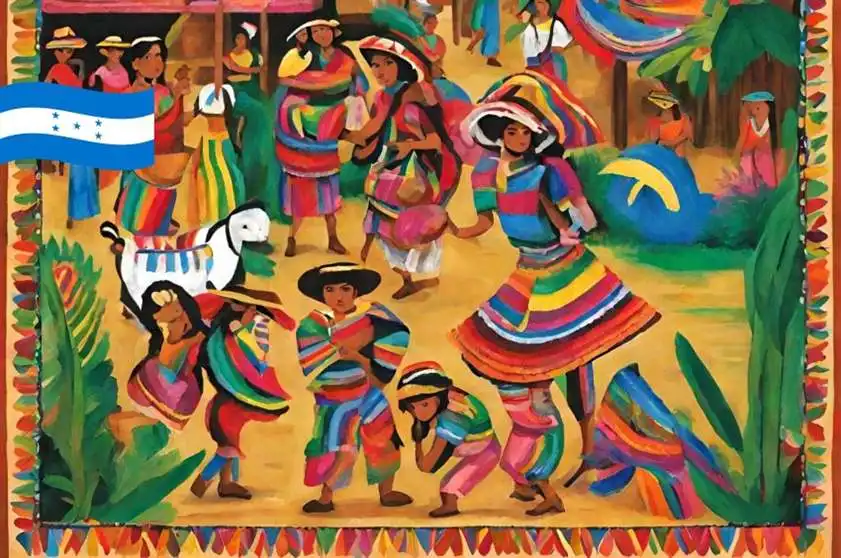
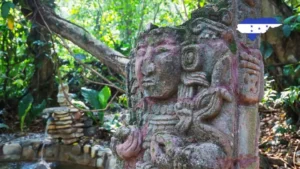
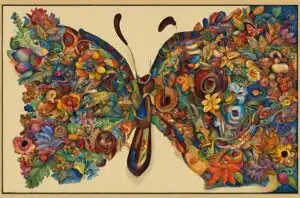
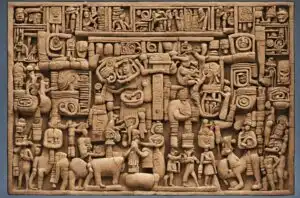
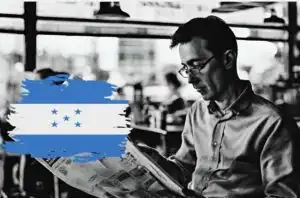

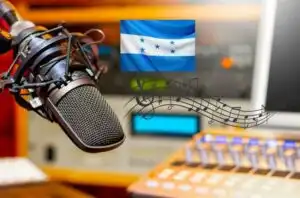
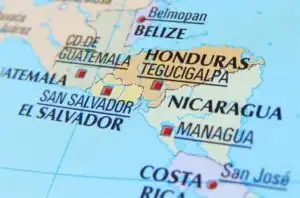
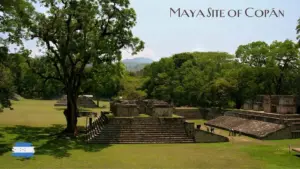
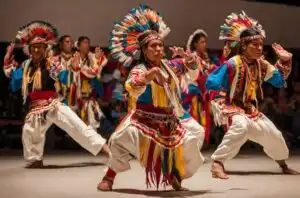
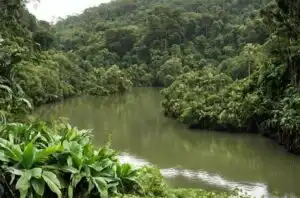
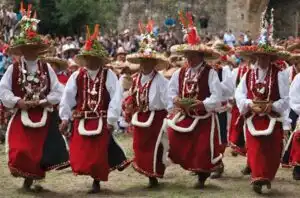
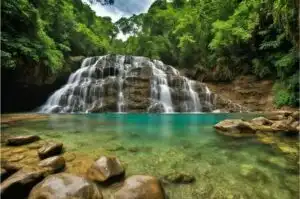
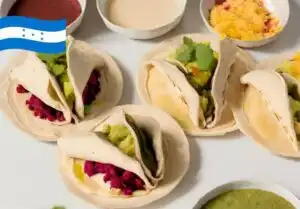
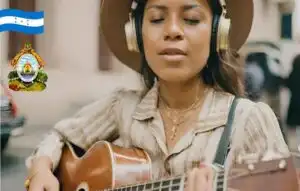
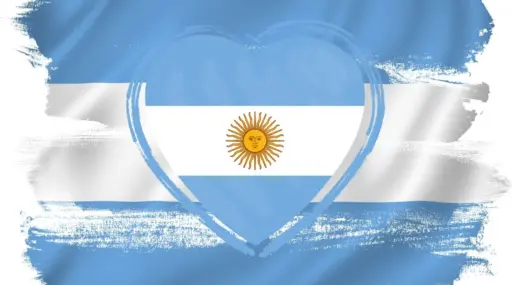
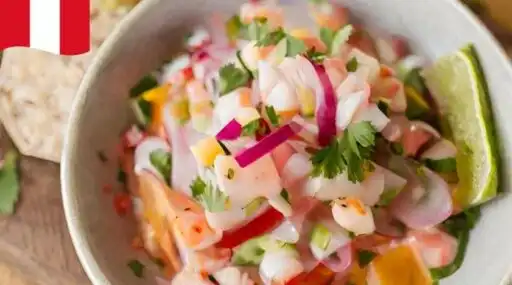
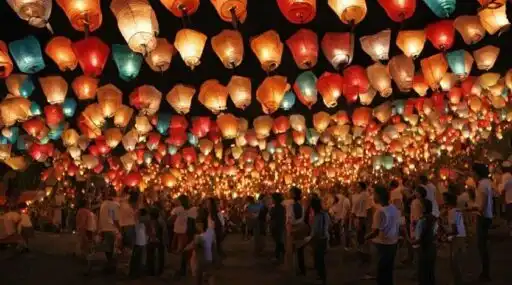
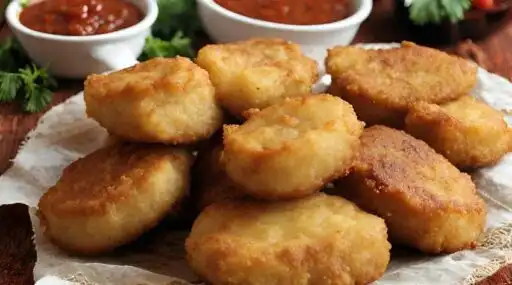
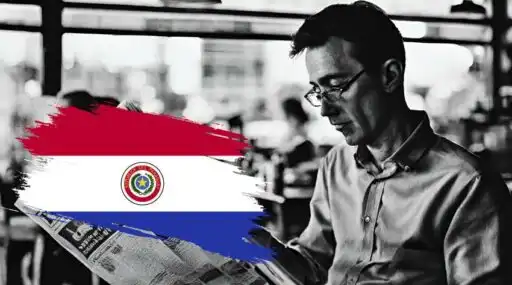
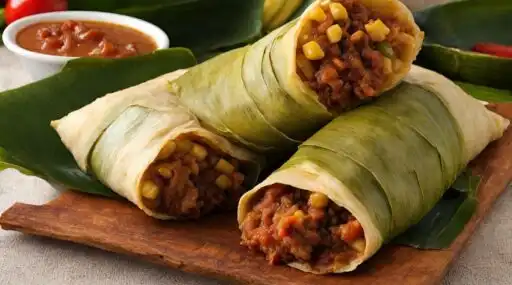
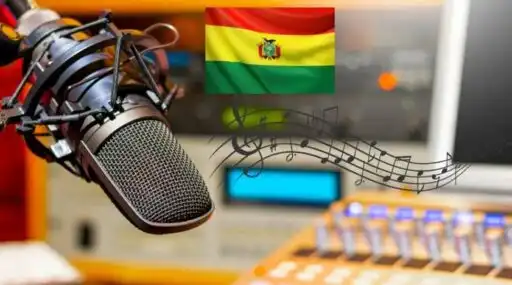
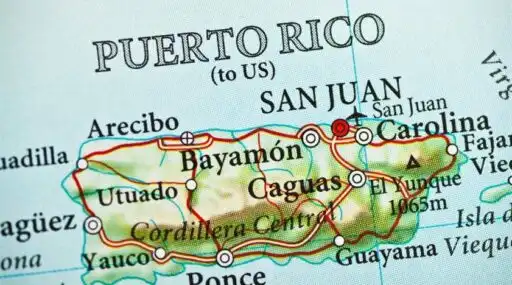
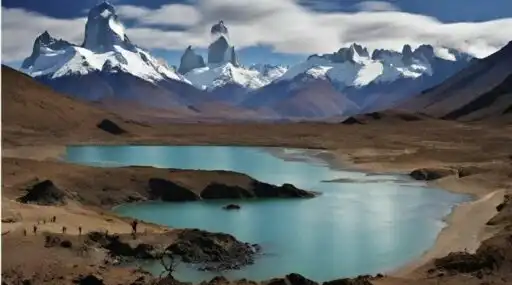
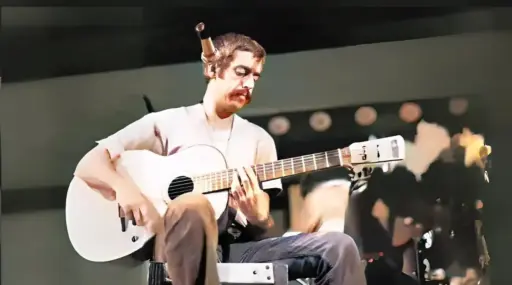
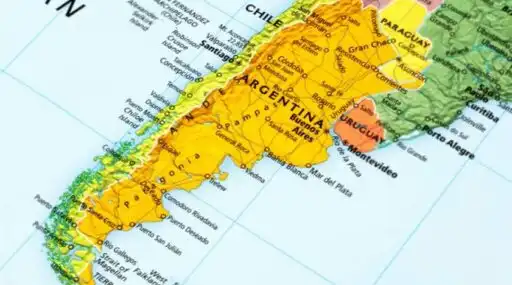
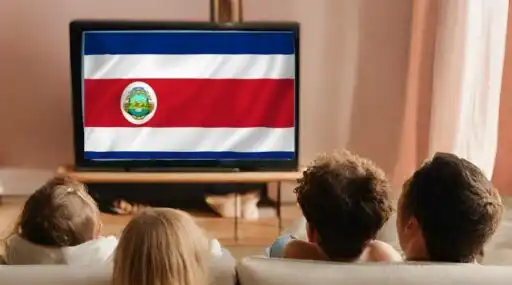
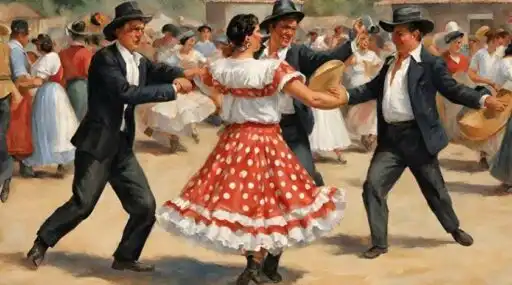
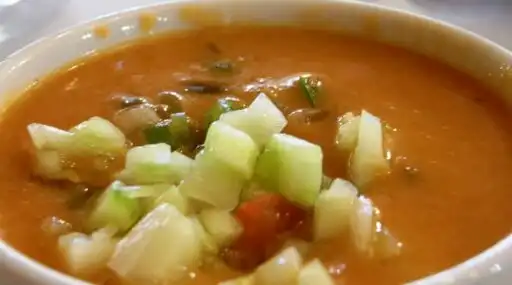
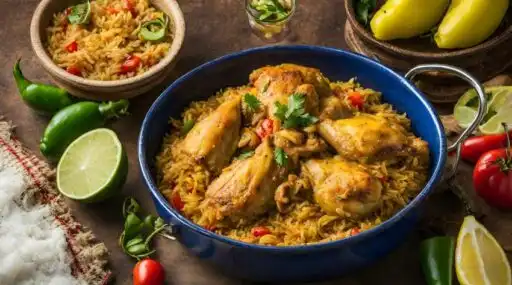
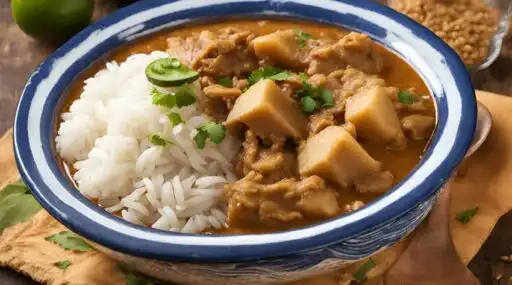
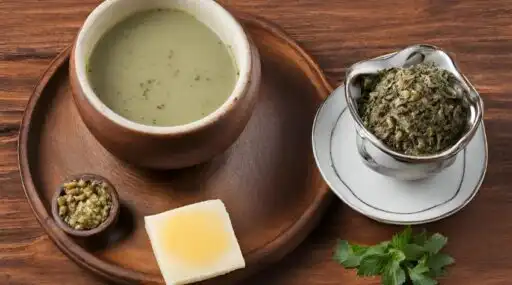
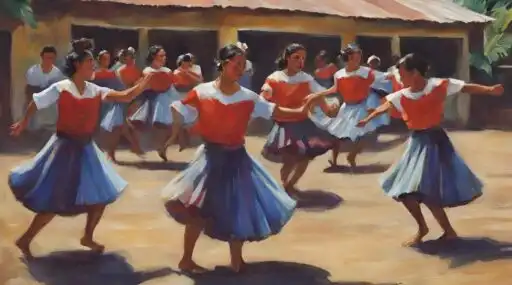
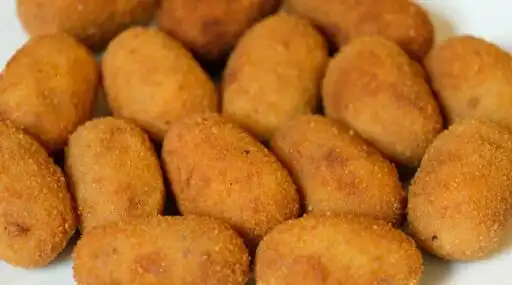
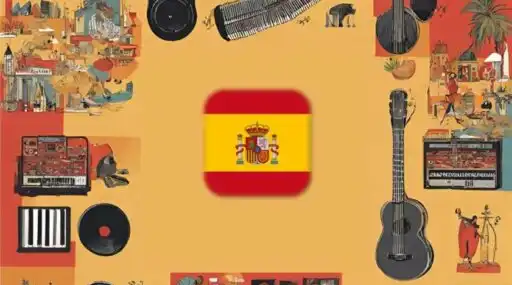
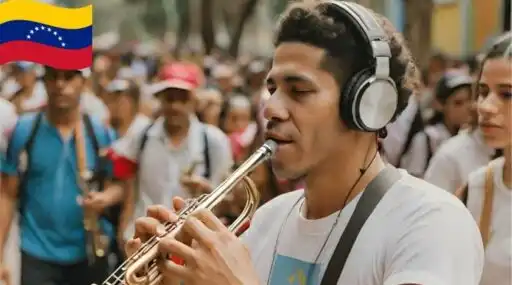
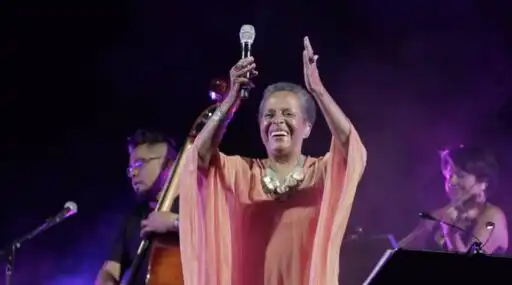
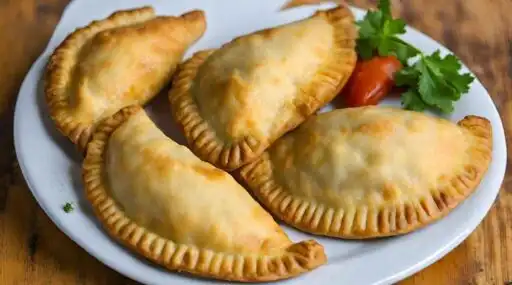
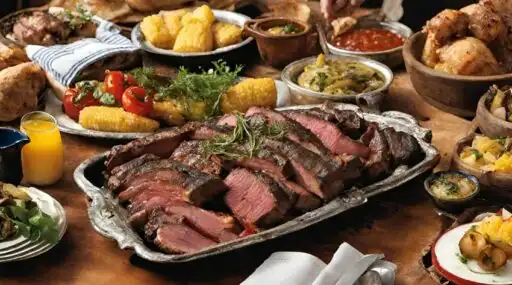
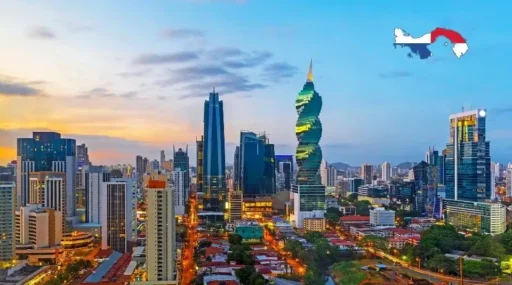
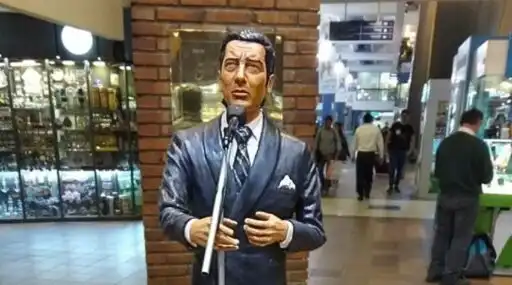

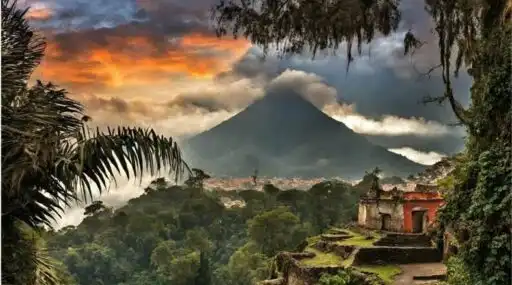
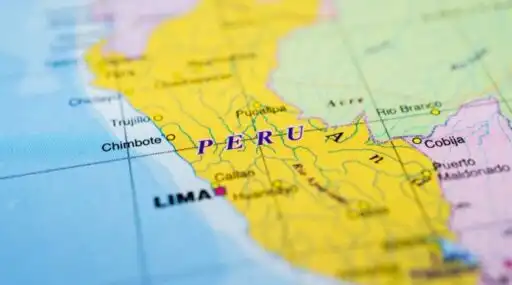

Leave a Reply